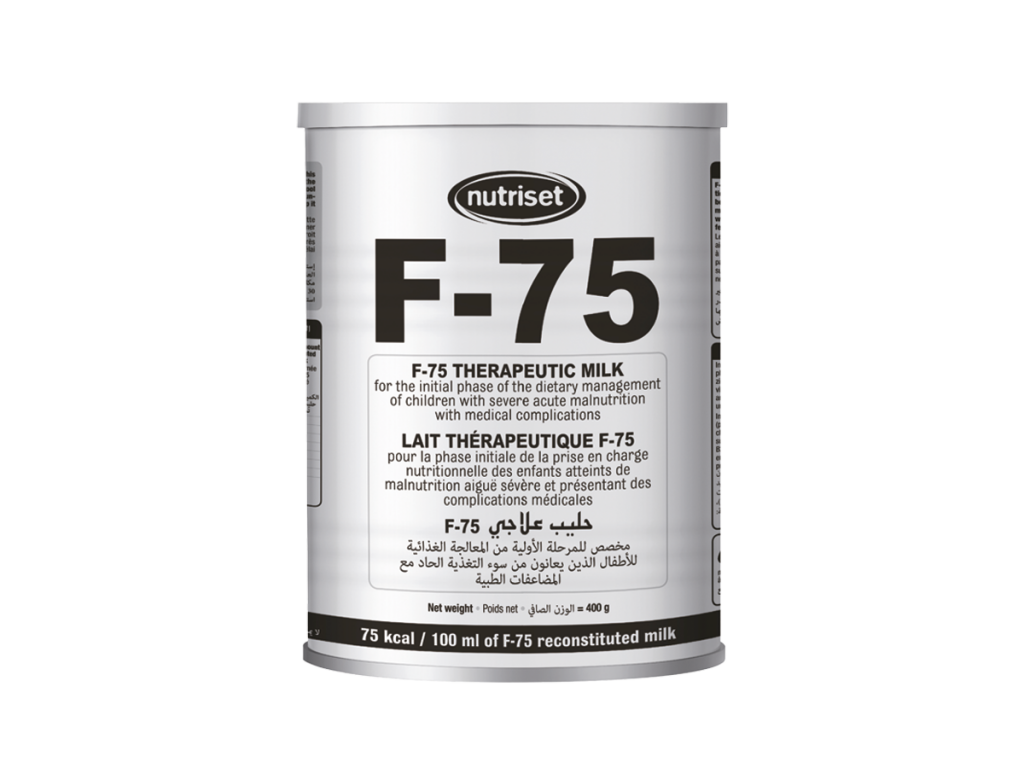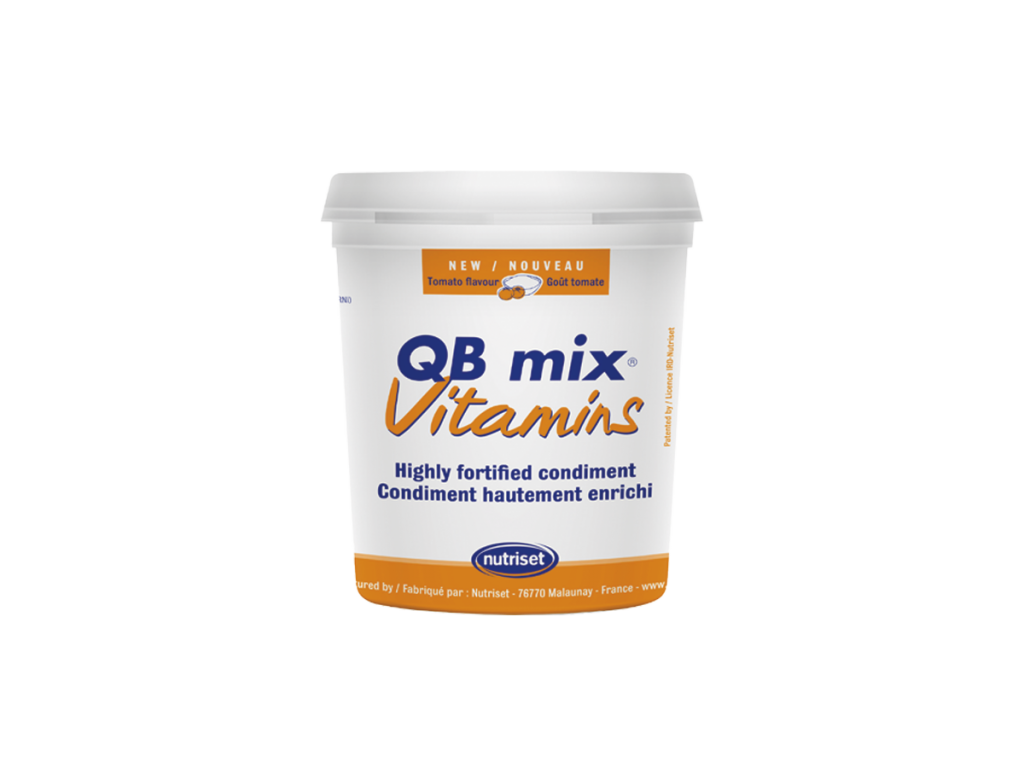
Treatment of severe acute of malnutrition
Severe acute malnutrition is characterized by major weight loss. Nearly 20 million children under the age of five years suffer from severe acute malnutrition. This form of malnutrition is the stage at which the risk of death for children under the age of five years is the highest. It requires medical emergency and rapid management.
Acute malnutrition can take multiple forms including marasmus (severe emaciation) and kwashiorkor (edematous malnutrition).
This type of malnutrition is diagnosed in children with a weight-for-height index of less than -3 Z-scores or an upper arm circumference of less than 11.5 cm or with bilateral edema.












